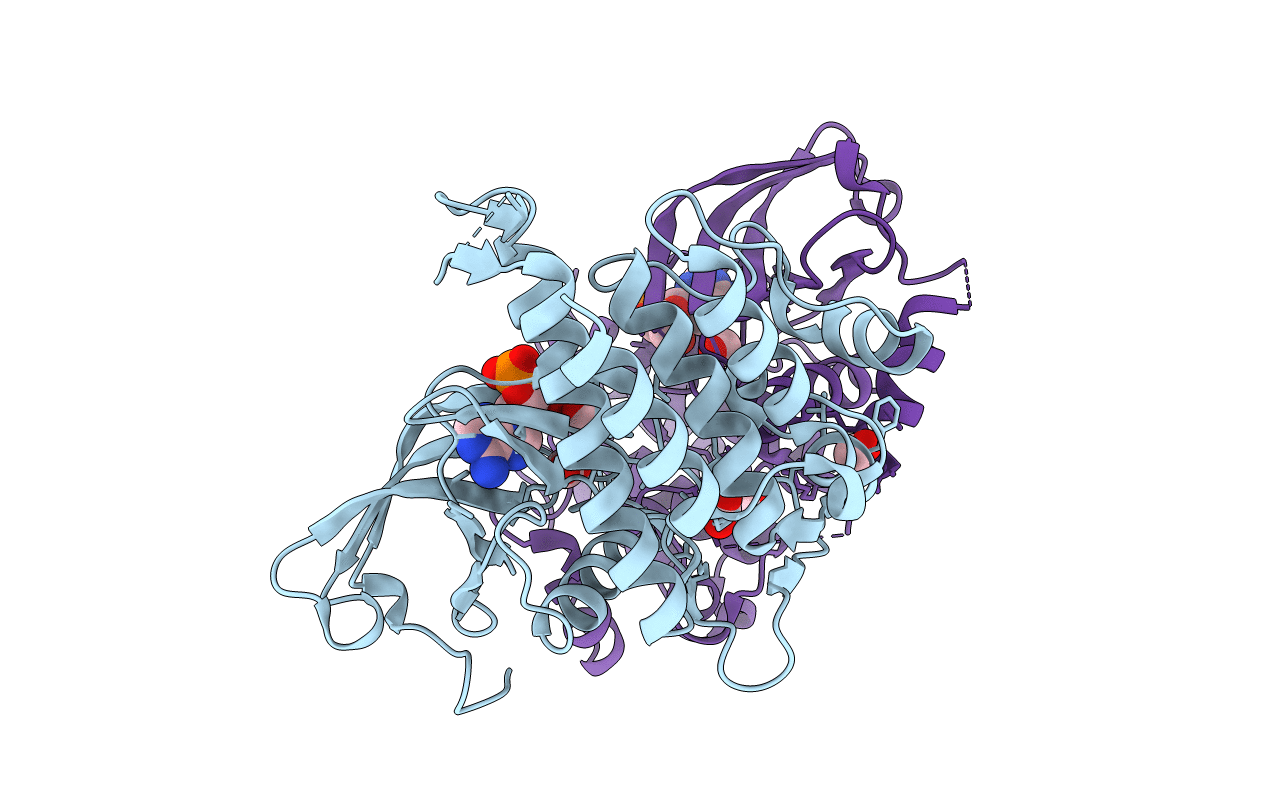
Deposition Date
2006-06-16
Release Date
2006-08-14
Last Version Date
2023-12-13
Entry Detail
PDB ID:
2IVS
Keywords:
Title:
Crystal structure of non-phosphorylated RET tyrosine kinase domain
Biological Source:
Source Organism:
HOMO SAPIENS (Taxon ID: 9606)
Host Organism:
Method Details:
Experimental Method:
Resolution:
2.00 Å
R-Value Free:
0.22
R-Value Work:
0.18
R-Value Observed:
0.18
Space Group:
P 1 21 1


